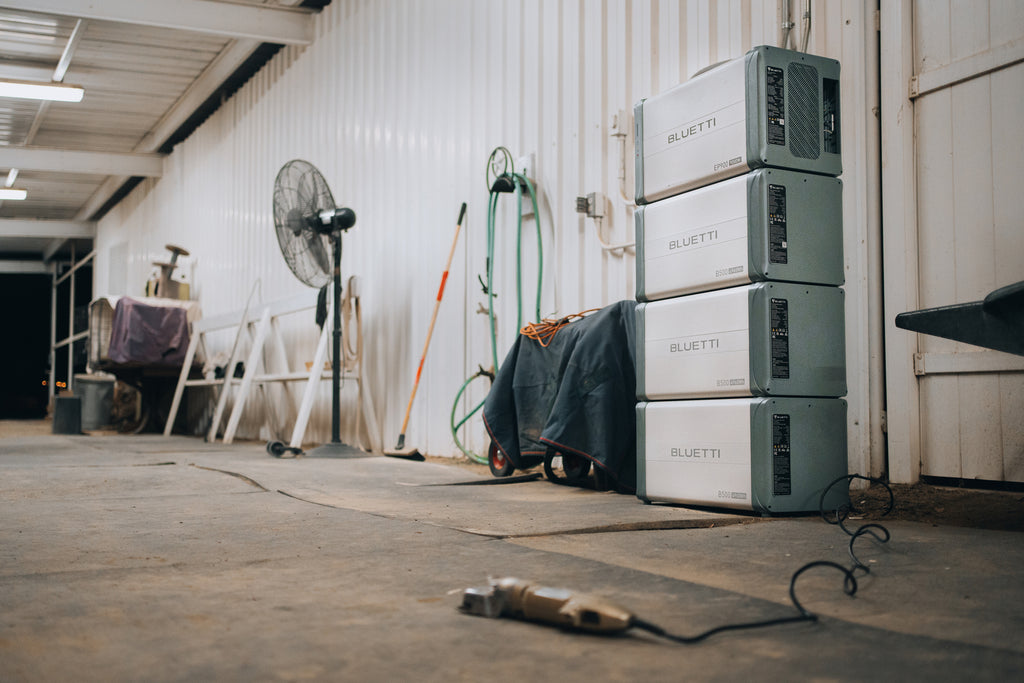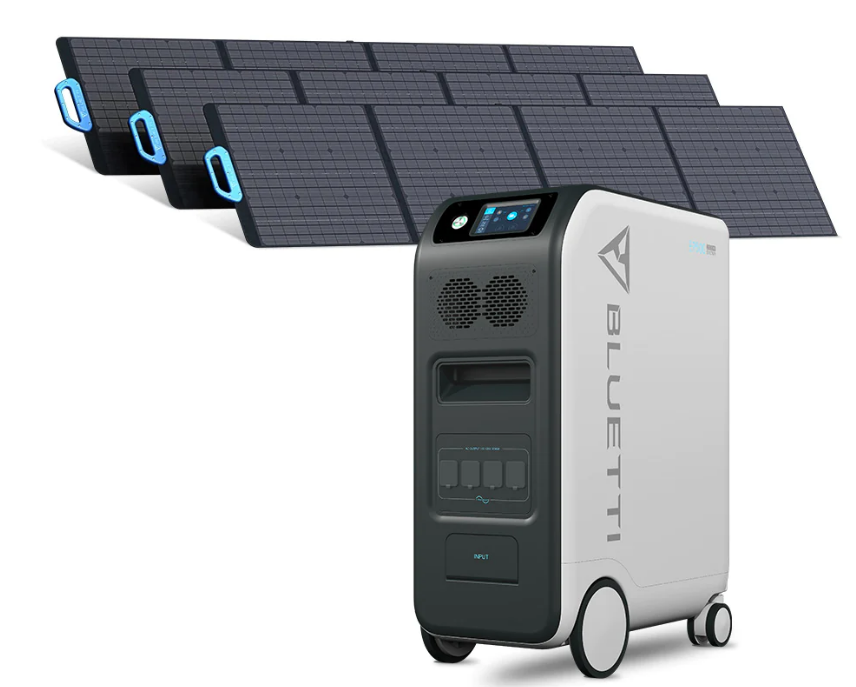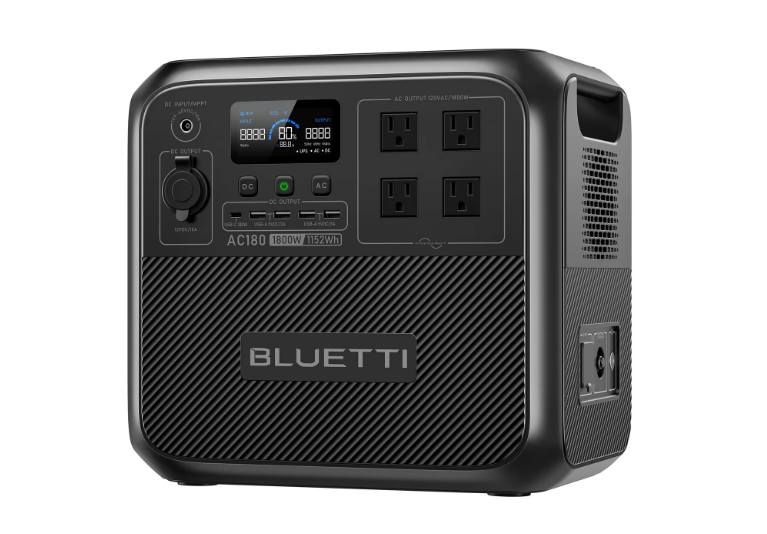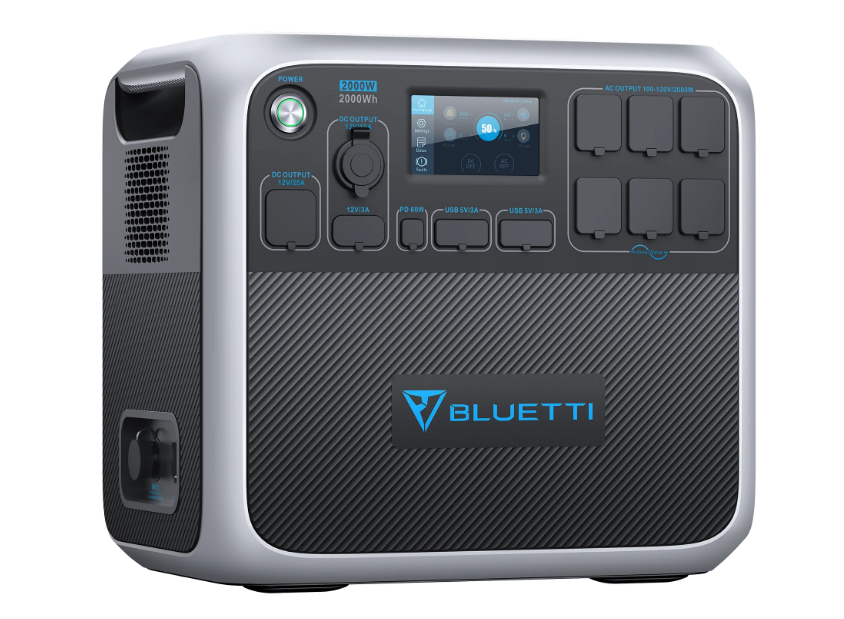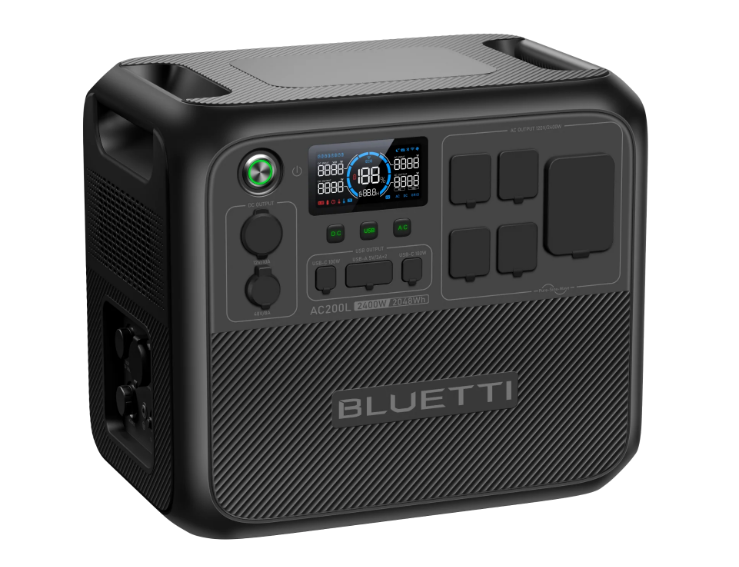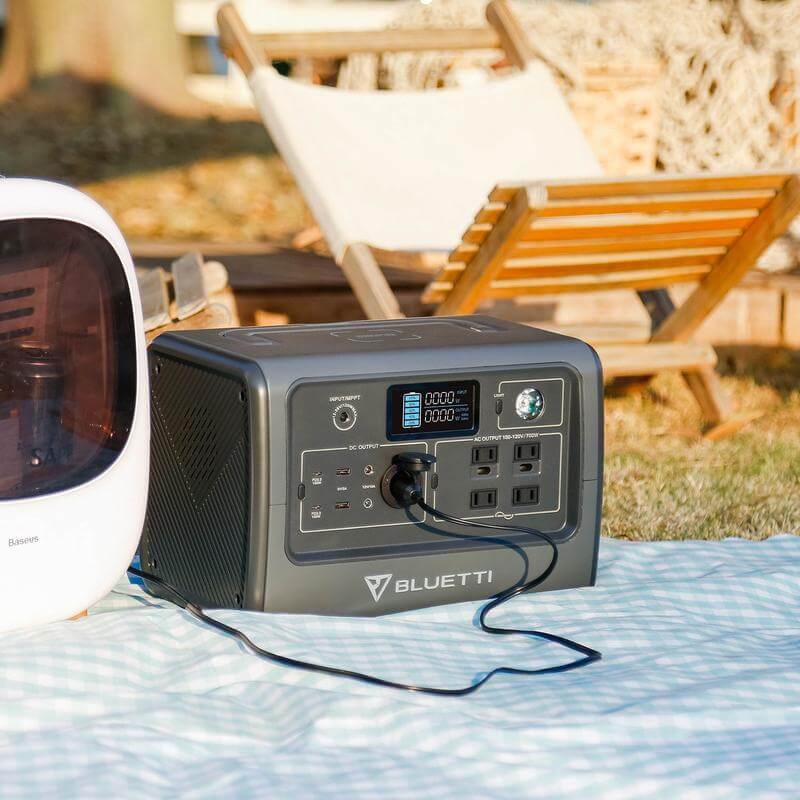Determining The Size of Battery Backup You Need

To choose the rights size battery backup for your house, you need to consider the following:
Determine Your Average Consumption
The first step to estimating the size of the battery backup is to determine the average power usage. You can get this information from your monthly utility bill. Alternatively, you can measure how much power each appliance uses monthly using a power meter.
For example, common kitchen appliances such as microwaves, refrigerators, and electric ovens have varying energy consumption ratings. A standard refrigerator will use between 100 and 350 watts while high-end units will use between 350 and 780 watts. Electric ovens use more power as a standard unit will use 3000 watts while high-end models use up to 5000 watts.
Heating and cooling systems use the most power than other household appliances. For example, a typical air conditioner uses between 1000 and 5000 watts. Of course this depends on the size and type of air conditioner. If you have a heating system, it consumes between 1000 and 5000 watts per hour.
Smaller devices such as laptops and TVs consume less power. A typical computer consumes anywhere between 50 and 300 watts while a TV consumes between 100 and 500 watts. Of course your lighting system consumes less energy, especially LED lights.
As you’d expect, consumption is relative, meaning it depends on usage patterns, appliance efficiency, and brand. By estimating how much power your devices consume per month, you can easily estimate the size battery backup you need.
Determine Critical Load
Critical load is the total electrical power your devices consume. Keep in mind that not all appliances require backup power during a blackout. So, to determine the size battery backup, you should identify the critical load.
In short, consider the power consumption of the most necessary appliances. Focus on the refrigerator, light system, and heating and cooling systems. You can refer to their manual to determine their power consumption.
Consider The Power Outage Duration
Once you determine your critical load, you should consider how long the outage will last. If you live in an area prone to prolonged power outages, consider installing a robust battery backup system. This is to ensure you have adequate power to last days or weeks. An ideal option is the BLUETTI EP900+B500 Home Battery Backup.
This model is suited for prolonged power outages. Thanks to its high capacity of 10000Wh, expandable to 20000Wh, it can power your house for days or weeks on a single charge. The model comes with a 9000W running wattage allowing you to power small to large appliances. Whether you want to run your refrigerator or heating and cooling system, the BLUETTI EP900 + B500 got you covered.
During power outages, you want to manage your power consumption so it can last for extended periods. This model lets you do so through its smart app. With it, you can adjust power output, monitor its charging speed, and get alerts when its fully charged or when the battery is running low.
If your area is not prone to prolonged outages, you can consider installing a smaller battery backup system. Alternatively, you can buy a robust portable power station.
Calculate The Total Load
Finally, calculate the total load to determine the size battery backup and multiply it by the number of hours you need the backup to last. For example, if the total critical load is 3000 watts and you need backup power for 12 hours, your total critical load will be 36kWh (3000W x 12 hours).
With this figure, you can choose the most ideal battery backup system. Keep in mind you need to install one with a higher rating than 36kWh to avoid overloading the system.
What To Consider When Choosing Home Battery Backup
Battery Capacity
As you’d guess, the most critical aspect to consider when choosing a battery backup is its capacity. Measured in Wh or watts-hour, it is the amount of energy it can store. BLUETTI battery backup systems have some of the highest capacities.
You might need a high-capacity battery if you need prolonged backup power. Besides capacity, you should consider its power output. Contrary to popular belief, high capacity does not always equal high power output.
If you need to connect low-usage devices like TVs and computers, consider installing a high capacity and low power output battery backup. Low capacity but high output batteries are ideal for short-term backup power.
Battery Type
There are several battery types including lithium-ion, lithium iron phosphate, and lead acid batteries. Each type comes with its advantages and disadvantages. If you want high output and efficiency, consider lithium iron phosphate (LiFePO4) batteries. They also have a longer lifespan compared to their counterparts.
Lighter and more compact, they can be used in homes with limited spaces. A perfect example is the BLUETTI EP800+B500 Home Battery Backup. The LiFePO4 battery has a 9900Wh capacity that can be expanded to 19800Wh. And thanks to the high power output, you get an upwards of 7600W to run high-voltage appliances. With a 90% depth of discharge, you can use as much power as you need.
Recharging Options
Another aspect to consider are the recharging options. Ideally, you want a battery backup that has several charging options. BLUETTI backup battery systems provide several charging options such as solar, AC, generator, and lead acid. This ensures the battery is always charged even during a power outage.
We recommend using the solar charging option since it is eco-friendly and you won’t incur maintenance costs. Furthermore, you’ll be energy independent, meaning you won’t rely on the grid to recharge the battery backup.
Safety
Well, battery backup systems store a lot of energy which can be fatal if mishandled. As such, you should ensure your unit comes with industry-standard safety features. It should offer protection against overheating, short circuits, and overcharging.
BLUETTI battery backup units are some of the safest on the market since they have LiFePO4 cells. They are less prone to overheating mitigating susceptibility to explosion or fire. They can also withstand extreme temperatures.
You should also consider the IP rating of the battery backup. An ideal option should have IP65 rating, allowing you to use it for indoor and outdoor applications.
Lifespan
You should also consider the lifespan of your system. As mentioned, LiFePO4 batteries have an extended lifespan of up to a decade. Warranty plays a critical role and for this, you should choose a unit with a longer warranty. Ideally, more than five years.
What Can Affect The Lifespan of Your Battery Backup?
The lifespan of your battery is affected by the usage cycles. This is the number of discharge and recharge.
The more you discharge your battery, the shorter the lifespan. LiFePO4 batteries have life cycles in their thousands. For example, most BLUETTI batteries have a life cycle of over 3500. This means you can use battery backup for a decade or more.
If you’ll be using a lead-acid battery, you can expect a shorter lifespan, between 100 and 700 life cycles.
Another aspect affecting lifespan is temperature. Lithium batteries can withstand extreme temperatures ranging between -20 and 60 degrees. However, if you expose them to higher temperatures, their performance will decrease. High temperatures can lead to high internal resistance and decreased storage capacity.
Likewise, low temperatures can cause the battery’s electrolytes to thicken, increasing internal resistance. As such, the capacity and power output is reduced significantly.
Finally, the battery chemistry determines its lifespan. Generally, lithium-ion batteries have a longer lifespan than lead-acid batteries. This is thanks to their low self-discharge rate.
The newer lithium-ion batteries, lithium iron phosphate (LiFePO4) have the longest lifespan. Most LiFePO4 batteries have over 4000 life cycles which is equivalent to over ten years of use. They also have a higher efficiency than conventional lithium-ion and lead-acid batteries.
As you’d expect, lead-acid batteries have the shortest lifespan, spanning five to ten years. They are heavier and require regular maintenance, which is often the source of their short lifespan. Furthermore, they are sensitive to sudden temperature changes.
So, if you want a battery with a longer lifespan, consider buying LiFePO4 batteries.
Final Thoughts
To determine the size battery you need for backup, you should consider the total critical load. This is the total wattage of the appliances you’ll be connecting to the backup generator. Consider using solar generators since they are eco-friendly and use sunlight which is in infinite supply.
]]>





